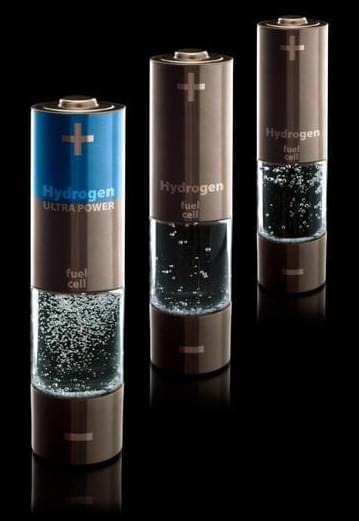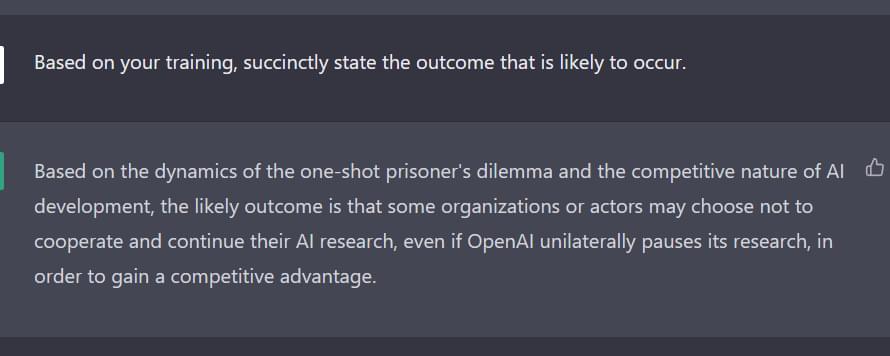According to Microsoft, 1,287 password attacks occur every second around the world.
Microsoft is now focusing on cybersecurity as part of its ongoing efforts to incorporate generative artificial intelligence into the majority of its products. The company previously announced an AI-powered assistant for Office apps.
To enhance cyber security, Microsoft Corp has announced the implementation of the next generation of AI in its security products.
Lcva2/iStock.
According to Microsoft, 1,287 password attacks occur every second around the world. And the number of attacks has increased by 67 percent in the last five years.








